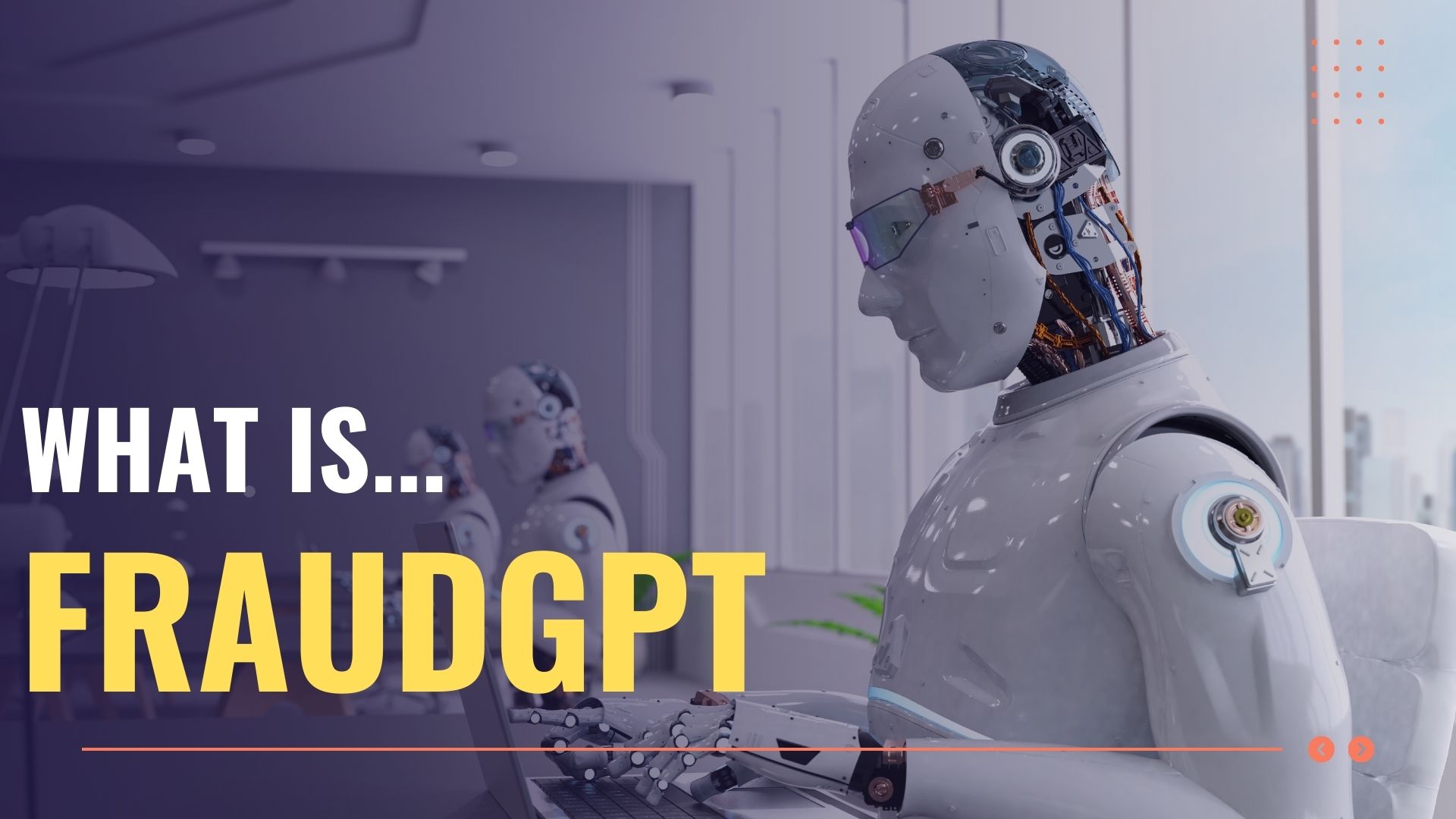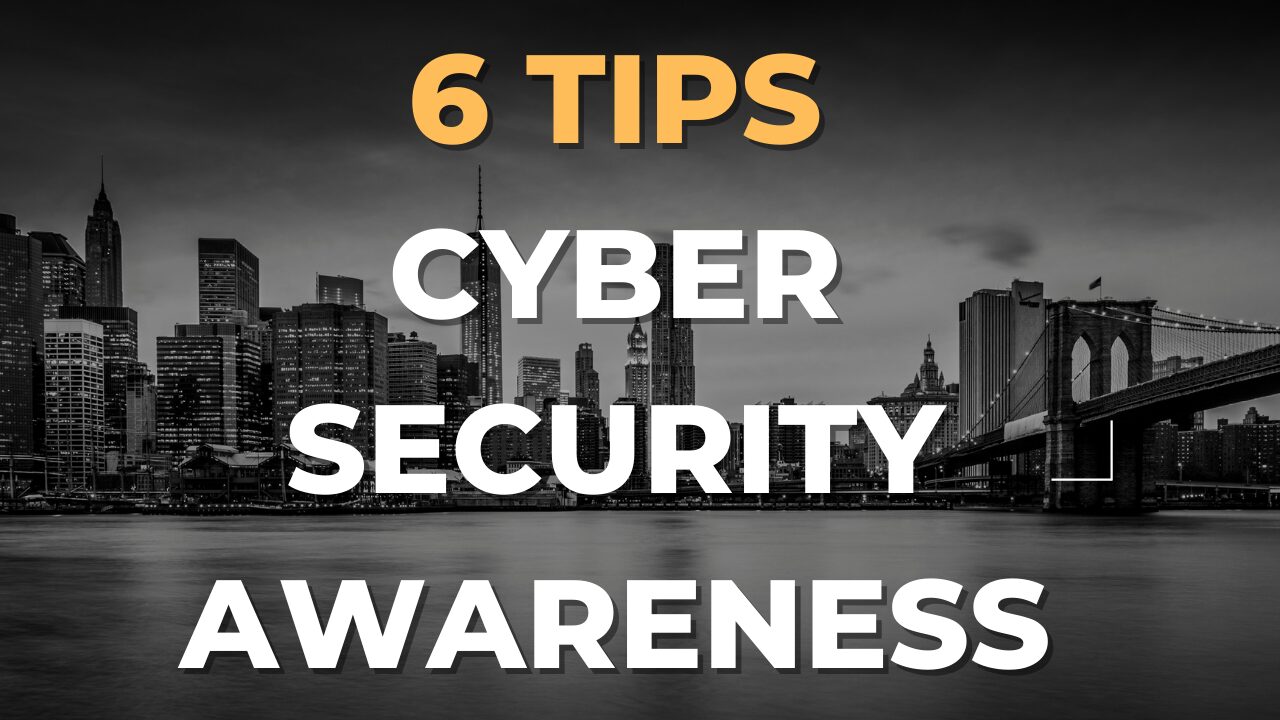The Hidden Threat of FraudGPT: Protecting Your Personal Information
In today’s fast-paced digital landscape, new threats emerge as swiftly as technology evolves. One of the latest concerns among IT service providers and consumers is a dark web phenomenon called FraudGPT. Derived from cutting-edge AI technology, this tool poses significant threats by enabling cybercriminals to compromise personal information. But what is this alarming tool, and how can you guard against it? Let’s delve into the murky depths of FraudGPT and the proactive measures you can take to safeguard yourself and your organization.
What is FraudGPT?
FraudGPT is not just another AI Chatbot; it’s a potent weapon in cybercriminals’ arsenal. By harnessing the power of generative models, it can produce text so realistic and coherent that it blurs the line between man and machine. This AI-driven system generates content based on specific user prompts, allowing hackers to design convincing messages that they can easily deceive even the most discerning individuals.
Here’s a breakdown of how FraudGPT is misused:
- Phishing Scams: FraudGPT can churn out authentic-looking phishing communications, be it emails, text messages, or even faux websites. These devious creations deceive users into exposing sensitive information such as usernames, passwords, financial data, or other personal details.
- Social Engineering: By replicating human-like conversation, this Chatbot can build rapport with unsuspecting users, subtly leading them down a path where they unwittingly share confidential information or execute detrimental actions.
- Malware Distribution: FraudGPT is adept at concocting deceptive messages that bait users into clicking on harmful links or downloading malicious attachments. Click, and you may just have welcomed malware into your device.
- Fraudulent Activities: This AI Chatbot isn’t limited to phishing or malware; it can aid hackers in fabricating fraudulent documents, invoices, or payment requests. Unsuspecting individuals and businesses can easily be ensnared in financial scams if they’re not careful.

Shielding Yourself from FraudGPT
With the rise and rise of AI Chatbots like FraudGPT, the onus is on us to be vigilant. Here are actionable steps you can take to fortify your defenses against FraudGPT and its ilk:
- Be Vigilant with Online Communications: Unexpected emails or messages requesting sensitive details or financial transactions should be handled cautiously. Always cross-verify by contacting the concerned organization via their official communication channels.
- Stay Updated with Cybersecurity Measures: Your first line of defense always has up-to-date security software. Frequent updates, patch installations, and renowned antivirus programs can significantly reduce vulnerability. Staying abreast of the newest cybersecurity trends and practices further solidifies your guard against these insidious attacks.
- Exercise Caution with Unknown Links and Attachments: FraudGPT’s prowess lies in its ability to produce legitimate-looking URLs that, in reality, direct users to phishing sites. Double-check the sender’s details before clicking on embedded links or downloading attachments.
- Educate and Train Employees: For corporations, the human factor can often be the weakest link in the security chain. Regular training sessions on cybersecurity protocols and best practices can drastically reduce the risk of internal breaches or lapses.
- Report Suspected Fraud: If you stumble upon or receive dubious messages or communications, you must immediately report them to the appropriate authorities or your company’s IT department.
To put the reach of FraudGPT into perspective, acquiring it comes at a mere price of $200. Such affordability makes it an attractive tool for malevolent entities.
In a world where cyber threats continuously evolve, staying one step ahead is imperative. With the emergence of tools like FraudGPT, the onus to protect our personal and organizational data has never been more pressing. We can navigate the digital realm with confidence and security by staying informed and adopting a proactive stance.







